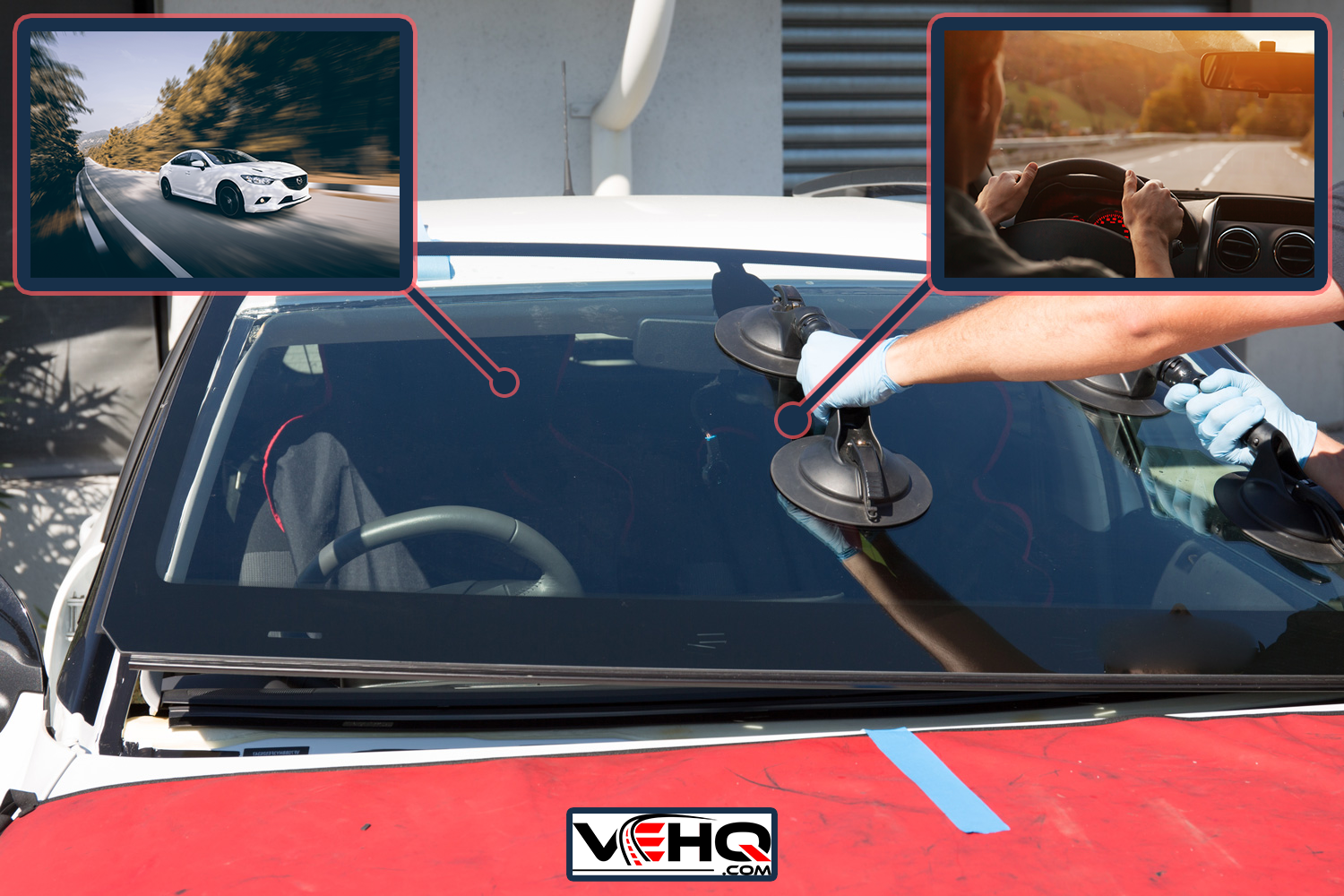Accidents happen every day on our roads, and the aftermath can leave everyone involved feeling rattled. One of the pressing questions that surface after such incidents is whether or not one can drive their car immediately after an accident. This inquiry often teeters on the edge of caution and necessity. Understanding the physiological, emotional, and mechanical implications of driving post-crash is crucial for your safety and the safety of others.
First, let’s examine the immediate aftermath of an accident. When a collision occurs, the human body undergoes a barrage of stress. Adrenaline floods the system, often masking injuries that may not be apparent at first glance. In this heightened state of arousal, decision-making capabilities may become compromised. Thus, one might not be in the best mental space to assess their fitness for driving. It’s crucial to take a moment to breathe and evaluate your physical and emotional state before contemplating getting behind the wheel.
Next, consider the physical ramifications of an accident. Even minor collisions can result in unseen injuries, such as whiplash or concussions. Symptoms such as dizziness, blurred vision, or headaches can impede your ability to focus and react—both are essential skills when navigating a vehicle. If you experience any of these symptoms, it is of utmost importance to refrain from driving.
Aside from personal assessment, the condition of your vehicle is another critical factor. Post-accident, a vehicle might sustain damage that isn’t immediately visible. Structural integrity, alignment, braking systems, and fluid levels can all be compromised. A seemingly minor scratch could be indicative of more severe internal damage. For instance, if the impact caused a coolant leak or affected the brake lines, you could find yourself in a precarious situation on the road. It is therefore essential to conduct a thorough inspection or seek professional assistance before deciding to drive.
Furthermore, it’s important to consider the legal ramifications of driving your vehicle post-accident. If the police were involved and you received a citation, driving away without resolving issues can worsen your legal troubles. You could also attract unwanted attention, especially if other parties involved are still at the scene. Sometimes, the best decision might be to leave the driving until after everything is sorted out.
Then, there’s the emotional toll to reckon with. The psychological impact of an accident cannot be underrated. Fear, anxiety, or flashbacks can surface, influencing your confidence behind the wheel. Anxiety can provoke a heightened state of alertness, leading to over-cautious driving behaviors or decision-making paralysis. In such cases, it might be more beneficial to wait until you’ve processed the experience and restored your sense of normalcy before driving again.
That said, there are occasions when driving post-accident may be the only option. If you are far from home or need to reach a location where you can seek help, sometimes the necessity dictates your actions. In these situations, being acutely aware of your condition and the vehicle’s functionality becomes paramount. Take gradual steps—drive slowly, remain hyper-aware of your surroundings, and refrain from engaging in distractions.
It’s also essential to be cognizant of the potential for secondary accidents. Driving under stress can lead to reckless behavior and impaired judgment. Always remember the golden rule: If in doubt, don’t drive. There’s no harm in waiting for someone else to handle the transport, or even calling a ride-share service if needed.
In the days following an accident, a post-crash evaluation remains crucial. Seek professional medical attention even if you feel fine. Some injuries surface only hours, days, or weeks later. Similarly, an auto technician can diagnose any latent damage that might not be visible at first glance. Investing in a professional check can save considerable time, money, and inconvenience further down the road.
After all, the allure of getting back on the road may be strong. Freedom, control, and the simple act of driving hold a certain fascination for many. However, relinquishing this urge momentarily—considering safety, legality, vehicle functionality, and emotional stability—can lead to an outcome where everyone remains unharmed. It’s a mature choice that speaks volumes about one’s responsibility as a driver.
Finally, reflect on personal growth as a driver. Each driving experience informs your skills and awareness on the road, and even an accident can be a catalyst for greater caution and mindfulness in the future. Use this incident as a learning opportunity—take defensive driving courses, practice more rigorous vehicle inspections, or simply cultivate a more vigilant mindset.
In conclusion, the question of whether you can drive your car right after an accident extends far beyond mere capability. It encompasses caution, consideration of personal and vehicular welfare, and an acute awareness of both legal and emotional implications. It’s a complex interplay between necessity and safety, and in many cases, patience truly is a virtue. Ultimately, care and consideration in these moments can redefine your approach to driving, making the roads a safer place for everyone.
